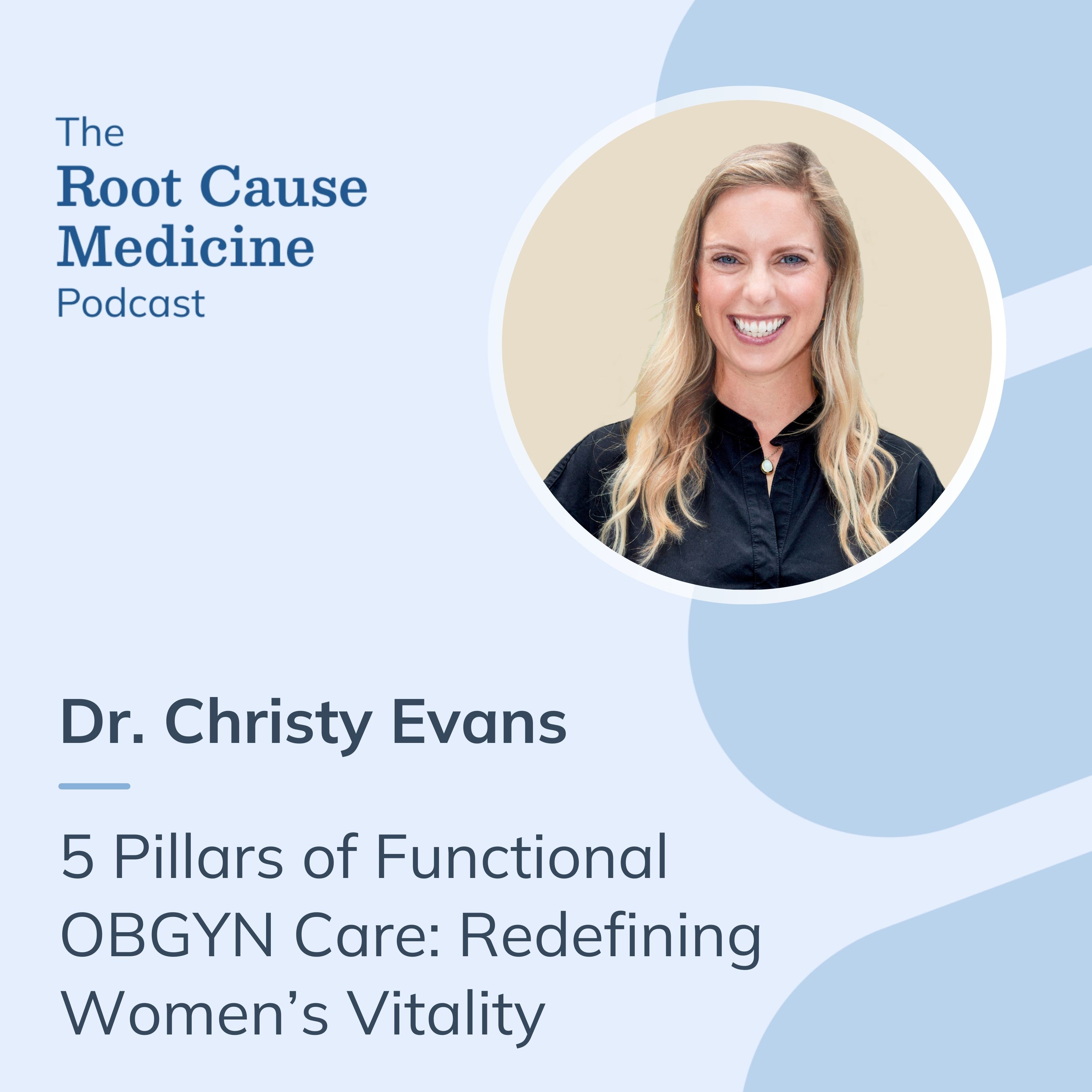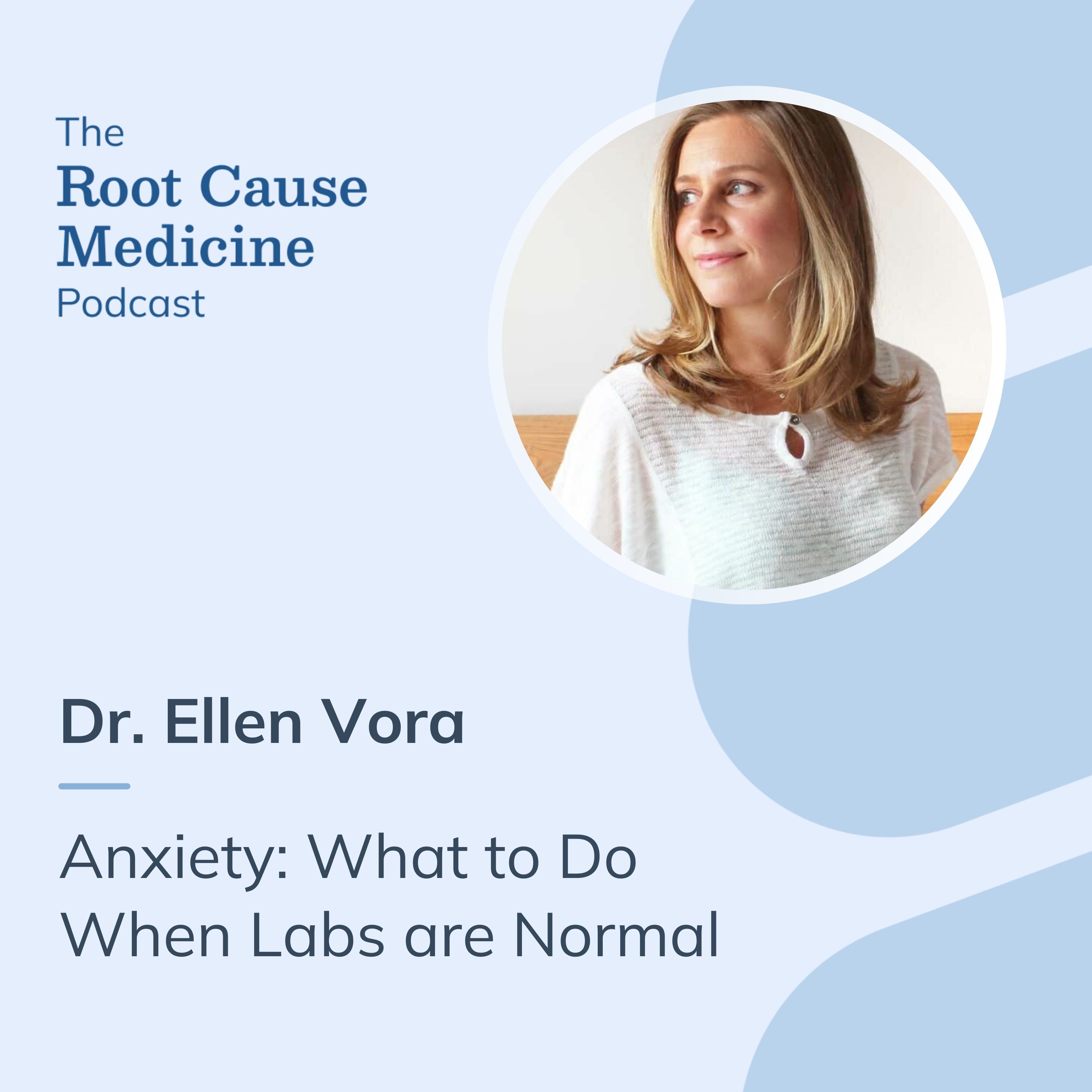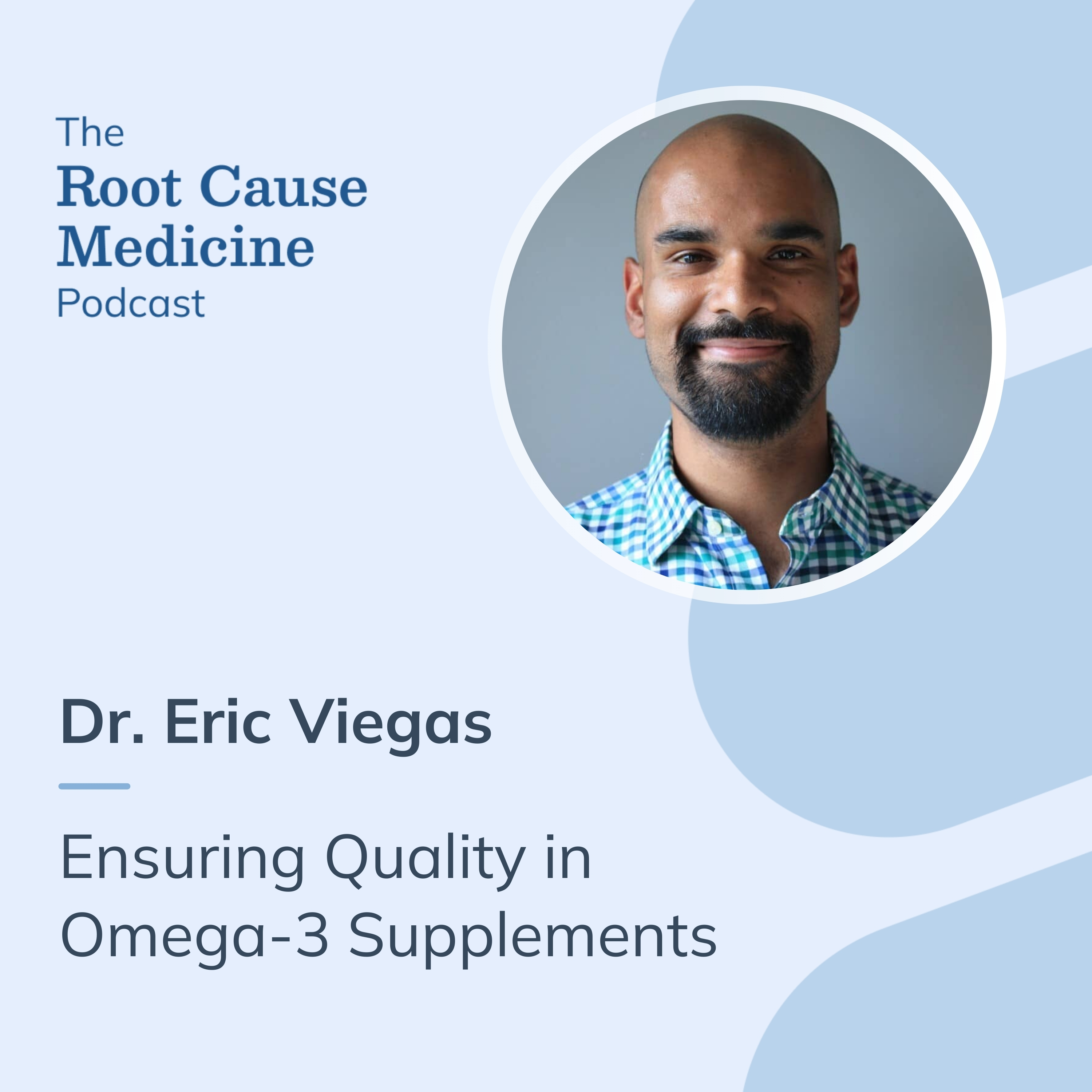Consuming sea moss as a dietary supplement has risen in popularity due to its high nutritional content and touted health claims. Sea moss gel is formed by combining water with sea moss, a red algae type called Chondrus crispus or Irish moss.
Nutrient-rich sea moss is typically found along the British Isles, North America, and Europe coastlines. It’s often harvested for its carrageenan, which has thickening, emulsifying, and stabilizing properties. Sea moss is also available in powder, raw, gummy, capsule, liquid drops, and other forms. When blended with water, sea moss forms a gel-like substance.
It’s highly beneficial for healthcare professionals and their patients to become familiar with sea moss gel and its potential health benefits. This article informs readers about sea moss gel’s perks, nutritional content, and health implications.
[signup]
Nutritional Composition of Sea Moss Gel
Sea moss and other seaweeds are loaded with essential nutrients, including various vitamins and minerals. Raw sea moss is rich in:
- Iodine
- Calcium
- Magnesium
- Manganese
- Selenium
- Potassium
- Iron
- Phosphorus
- Zinc
- Copper
- B vitamins
- Vitamins A, C, D, E, and K
- Antioxidants
- Polyphenols
- Flavonoids
- Essential amino acids
- Fiber
Many of the nutrients in sea moss play a vital role in supporting immunity, anti-aging, and overall health and well-being.
Sea moss is similar nutritionally to other popular supplements, including chlorella (fresh-water algae) and spirulina (blue-green algae).
- Spirulina and chlorella have a higher protein content than sea moss
- Chlorella is much higher in vitamin A
- Spirulina is the highest in sodium
Because of its high nutritional value, sea moss gel can help you meet your daily vitamin, mineral, and fiber needs.
Health Benefits of Sea Moss Gel

Studies show that sea moss gel provides an array of potential health benefits, including:
Chronic Disease Prevention
Researchers found that seaweed helps protect against lifestyle-related diseases because it contains vitamins, minerals, fiber, and flavonoids. The researchers suggest that seaweed reduces the risk of heart disease and its risk factors.
Studies also found a link between higher intakes of seaweed and a lower chance of developing type 2 diabetes. Furthermore, carrageenans from red algae may also have anti-tumor (anti-cancer) properties. Researchers suggest that sea moss, in particular may be useful for people at risk of Parkinson’s disease or other neurodegenerative diseases.
Immune System Support
Sea moss gel, with its high vitamin and mineral content, can boost immunity. Research shows that carrageenan from red algae offers immune system-enhancing antiviral, anti-inflammatory, antioxidant, antifungal, anticoagulant, and anti-tumor properties.
Digestive Health Promotion
Researchers report that red algae, including sea moss, has historically been used to reduce constipation, gastric ulcers, diarrhea, stomach disorders, and other digestive health concerns. It supports gut health because of its high fiber content and effects on microbiome balance, enhanced digestion, and nutrient absorption.
Enhanced Skin and Hair Health
Sea moss gel provides hydration and nourishment for the hair and skin. Researchers have discovered anti-inflammatory and anti-aging perks linked to algae, which is why many cosmetic products contain sea moss or other seaweeds as ingredients.
Thyroid Function Support
Iodine is a mineral that's essential for proper thyroid function, which is why iodine deficiency is a risk factor for hypothyroidism. Researchers suggest that 30% of the world’s population is at risk of iodine deficiency. Seaweed can help meet daily iodine intake needs, as about two tablespoons of flaked seaweed contains nearly 80% of the iodine RDA for adults.
Potential Anti-inflammatory and Antiviral Properties
Studies demonstrate that sea moss and other red algae are useful in fighting infections and reducing inflammation due to antioxidant, antimicrobial, antidiabetic, anti-inflammatory, and anticoagulant components. Therefore, sea moss gel helps optimize immunity and overall well-being.
Optimal Weight Loss Management
Sea moss and other seaweeds are low in calories and a source of satiating fiber, which helps us feel full for longer and is beneficial for healthy weight management.
While more research is needed in humans, animal studies have found a link between microalgae and reductions in body fat, insulin resistance, abnormal lipid levels, and fatty liver. A review has found that seaweed appears to lessen obesity and diabetes risk factors.
Enhanced Sports Performance
Because sea moss is a source of essential amino acids, it could aid in muscle building. More research is needed in humans, but animal studies found that taking seaweed as a nutritional supplement helps prevent exercise-induced muscle damage and optimizes athletic performance.
Uses of Sea Moss Gel
Sea moss gels have numerous uses, including:
In Culinary Applications
Incorporate sea moss into soups, stews, teas, smoothies, protein shakes, yogurt, oatmeal, and other favorite foods. The gel has a thick texture (similar to aloe vera). You can also consume flavored sea moss gel in suggested amounts with a spoonful.
Supplement Forms and Dosages
Sea moss is available in gel, capsule, powder, gummy, and liquid drops. While there are no established dosage recommendations for sea moss gel, one study found that ingesting 4 grams of sea moss per day doesn’t pose a health risk, while consuming 296 grams is likely too much because the tolerable upper intake limit for iodine is 1,100 micrograms daily.
As a Topical Treatment
When applied to the skin as a topical treatment, sea moss gel may help treat acne, soothe eczema and skin irritation, reduce the risk of sun damage and other signs of aging, moisturize the skin, and optimize wound healing. It may also support healthy hair. Some studies found beneficial effects of algae on hair growth in animals, though human research is needed.
Red algae carrageenans are sometimes used in sunscreens, lotions, soaps, creams, moisturizers, and toothpaste. Seaweed is also in some hair conditioners, tonics, and other hair care products.
Potential Risks and Side Effects
Despite the many potential benefits of consuming seaweed or applying it to the skin, be aware of possible side effects and risks of sea moss gel.
Iodine Overconsumption
Consuming too much iodine from sea moss gel can negatively affect thyroid balance. Therefore, it’s best to limit iodine consumption to less than the tolerable upper intake level, which is 1,100 micrograms per day for adults. Read the nutrition facts label on foods and supplements to ensure you avoid iodine overconsumption.
Heavy Metal Contamination
Sea moss may also contain heavy metals. Seaweed’s nutritional value and potential for toxin buildup depends on where it’s grown. That’s why it's important to choose a sea moss product that has been third-party tested for quality with a manufacturer who proves a low heavy metal content (via lab testing results or water quality records for areas where the moss was harvested).
Allergic Reactions
Some people, particularly those allergic to shellfish or sulfur, may experience allergic reactions after consuming red moss. Signs of an allergic reaction include itchiness, hives, wheezing, coughing, and swelling.
Taste and Texture Concerns
Sea moss gel may have a slimy or thick texture (like aloe vera) and sometimes a fishy or seafood-like taste. However, flavored sea moss gels are available with fruit infused to optimize a pleasant taste.
Choosing the Right Sea Moss Gel
Choosing the right sea moss gel involves picking top-quality products offering the most health and wellness benefits.
Sourcing and Quality
Finding high-quality sea moss products involves choosing those undergoing third-party testing for purity with low levels of heavy metals. Look for these statements on the nutrition facts label of your favorite sea moss gel or other products.
Organic vs. Non-organic
Sea moss gel products claiming they are USDA “100% organic” must contain 100% organic ingredients. “Organic” products must contain 95% organic ingredients. To comply with USDA standards, foods and supplements stating they are “made with organic ingredients” must contain 70% organic ingredients.
So, what does organic mean? Organic products are made from natural ingredients free from irradiation, genetically modified organisms (GMOs), pesticides, antibiotics, growth hormones, synthetic fertilizers, and other potentially harmful ingredients. Non-organic products have less stringent guidelines.
DIY Sea Moss Gel Preparation
You can make a DIY sea moss gel at home. Simply buy tightly packed Irish sea moss and soak it in water overnight. Then, rinse it with water and combine about 1 cup of Irish miss with ¾ cup of water in a blender. Blend the mixture until smooth, place it in a jar, and store it in the refrigerator. Enjoy homemade sea moss gel as is, or infuse it with fruit, natural sweeteners, or other flavorings.
Sea Moss Gel in Holistic Medicine
Traditional Western medicine doesn’t typically include sea moss or other seaweeds. However, some healthcare professionals are beginning to incorporate sea moss gel into their holistic, functional medicine practices to optimize nutritional intake and enhance patient wellness.
While research has touted various health benefits linked to consuming seaweed, more research is needed to determine the most appropriate dosage and who most benefits from this dietary supplement.
[signup]
Key Takeaways
- Sea moss (red algae) gel offers numerous potential health and wellness benefits. It provides ample essential vitamins and minerals, antioxidants, and antimicrobial components.
- The potential health benefits of sea moss gel include a lower risk of chronic diseases, weight management, enhanced nutritional intake, a stronger immune system, improved sports performance, enhanced skin and hair health, faster wound healing, and thyroid function support.
- Consume pre-packaged sea moss gel, homemade seaweed gel, or sea moss in gummy, powder, liquid drop, raw, or capsule forms. Add the gel to soups, smoothies, protein shakes, Greek yogurt, and other favorite foods. Apply it to your skin or hair, or use cosmetic products made with sea moss.
- Healthcare providers might recommend sea moss gel (from reputable manufacturers who utilize third-party purity testing) to their patients as part of a healthy lifestyle that maximizes well-being.
- Patients, particularly children, teenagers, and individuals with sulfur or shellfish allergies, thyroid conditions, or other chronic health concerns, should consult with a healthcare professional before using sea moss gel.









.jpg)


%201.svg)








.png)